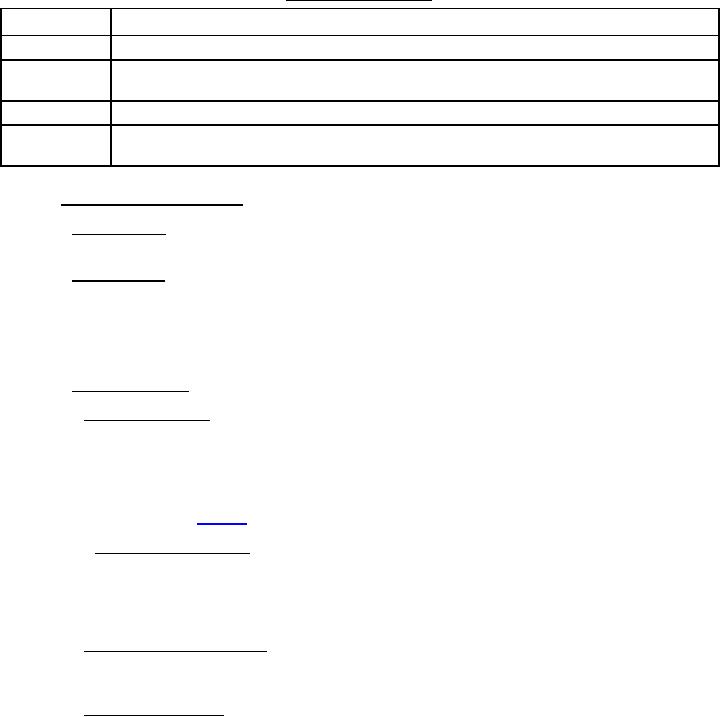
MIL-DTL-16036M(SH)
TABLE XI. Classification of defects Continued.
Classification
Defects
Minor:
202
Identification and information plates not of specified shape, size, thickness, location, letter, and
fastening.
203
Special tools, if required, not furnished.
204
Switchboard not cleaned following construction; loose parts, dirt, or metal shavings not removed
from unit.
4.4 Examination and test methods.
4.4.1 Test equipment. Test equipment shall be as specified in MIL-E-917, except that the shock machine shall
be in accordance with MIL-S-901.
4.4.2 Test conditions. Unless otherwise required in the detailed test herein, the inspection and tests of 4.4 shall
be performed under the following conditions. Ambient conditions within the specified ranges need not be
controlled:
a.
Temperature from 50 to 122 °F (10 to 50 °C).
b.
Attitude: Normal operation position.
4.4.3 Detailed inspection.
4.4.3.1 General examination. The completed unit shall be given a thorough examination to determine that it
conforms to the applicable specifications and drawings with respect to safety, material, finish, workmanship,
construction, assembly, electrical parameters and function of electrical components, dimensions, weight, and
marking of identification and description plates. This examination shall be limited to those that can be performed
without disassembling the unit in such a manner that its performance, durability, or appearance would be affected.
This examination shall include a check of operating controls, circuit functions, and adjustments as applicable.
Defects shall be as specified in table XI.
4.4.3.1.1 The 100-hour burn-in test. The 100-hour burn-in test shall be conducted by energizing control voltage
to the equipment for 100 hours at nominal voltage and frequency, ambient temperature and with all control voltage
inputs and outputs connected to effect maximum rated loading. If a failure occurs during this test, the failure shall
be corrected and test shall be repeated from the start. The 100-hour burn-in test may be accomplished at the end of
first article testing.
4.4.3.2 Maintainability demonstration. When specified (see 6.2), compliance with 3.23 shall be verified
through a maintenance demonstration procedure, maintenance task selection, and maintenance task performance in
accordance with Test Method 1 of Appendix B of MIL-HDBK-470.
4.4.3.3 High-impact shock test. Switchboard sections (see 6.3.9) shall be subjected to Type A, Class I,
high-impact shock test in accordance with MIL-S-901. Passing subsidiary component testing, such as QPL testing,
does not preclude the requirement of system level shock qualification. The complete switchboard section, including
all subsidiary components and subassemblies installed within the switchboard during the test, shall meet the shock
test acceptance criteria. The following requirements shall be met:
a. All equipment, including spare circuit breakers, shall be installed in the switchboard section in accordance
with the shipboard configuration during testing.
b. All lengths of ship s cabling (except for spare and blank circuit breakers) and bus work shall be installed in
the switchboard section in accordance with the shipboard configuration during testing.
c. All lengths of ship s cabling (except for spare and blank circuit breakers) that extend outside the foundation
of the switchboard section shall be stubbed to 12- to 18-inch length with the bitter ends insulated.
d.
The test shall be conducted with all equipment and cables in the section energized with no load.
49
For Parts Inquires submit RFQ to Parts Hangar, Inc.
© Copyright 2015 Integrated Publishing, Inc.
A Service Disabled Veteran Owned Small Business